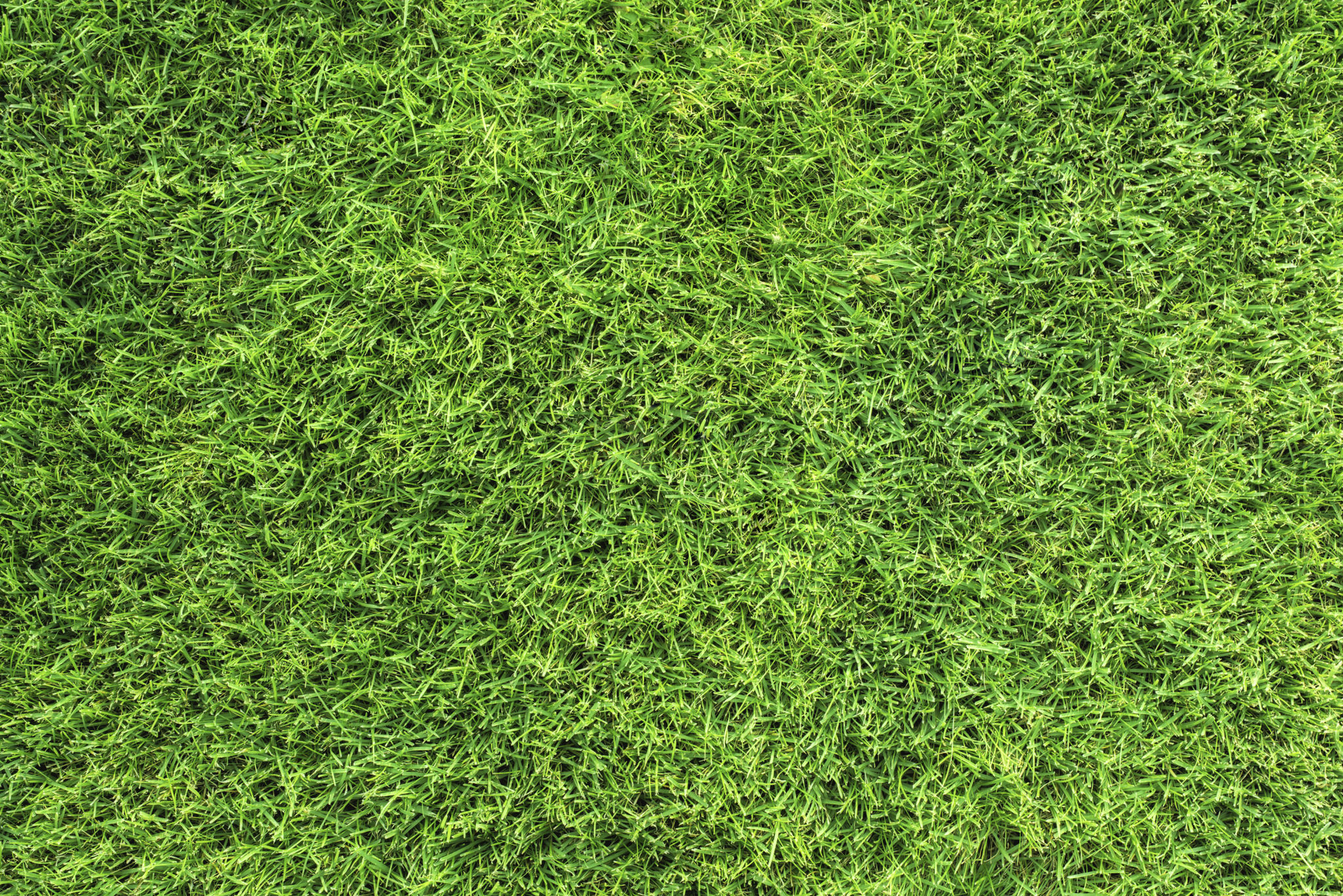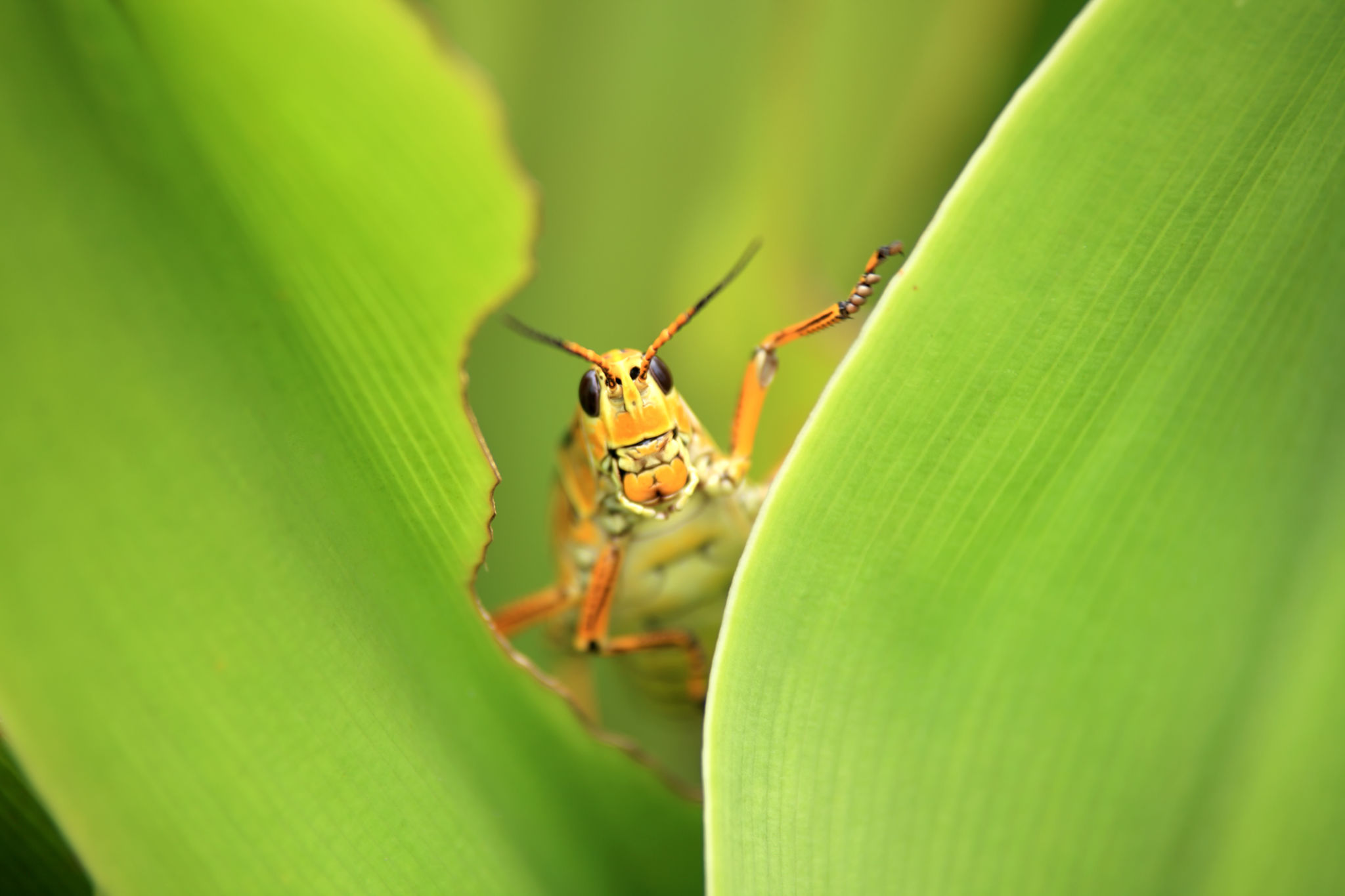Local Insights: Preparing Your Lawn for Florida’s Unique Climate Challenges
Understanding Florida's Climate
Florida's climate poses unique challenges for lawn care, with its high humidity, intense heat, and sporadic rainfall. Homeowners must adapt their lawn care practices to thrive in these conditions. Understanding the local climate is the first step to ensuring your lawn remains lush and healthy all year round.
The state experiences two main seasons: the wet season from May to October and the dry season from November to April. This seasonal variation means that lawn care practices need to be adjusted to suit these periods.

Choosing the Right Grass
One of the most important decisions for a Florida lawn is selecting the appropriate grass type. **St. Augustine grass** is a popular choice due to its tolerance to heat and humidity. Other suitable options include **Bahia grass** and **Zoysia grass**, which can also withstand Florida's climatic conditions.
Each grass type has specific needs for sunlight, water, and soil type, so it's crucial to choose one that matches your lawn's environment. Consulting with a local lawn care expert can provide insights into which grass will perform best in your area.

Watering Wisely
Water management is critical in Florida due to the alternating wet and dry seasons. During the dry season, watering should be more frequent to compensate for the lack of rainfall. However, overwatering can lead to shallow root systems and fungal diseases.
It's recommended to water early in the morning to minimize evaporation and ensure that moisture reaches the roots. Installing a smart irrigation system can help in managing water usage efficiently, adjusting automatically based on weather conditions.
Dealing with Pests and Weeds
Florida's warm climate is ideal for pests and weeds, which can quickly overtake a lawn if not managed. Regular monitoring and early intervention are essential to keep these nuisances in check. Common pests include chinch bugs and mole crickets, both of which can cause significant damage.

For weed control, **pre-emergent herbicides** are effective when applied during early spring or fall. These products prevent weed seeds from germinating, reducing competition for nutrients with your grass.
Fertilizing for Success
Nutrient-rich soil is fundamental for a thriving lawn. Fertilizing should be done with a balanced mix that supplies essential nutrients like nitrogen, phosphorus, and potassium. It's best to apply fertilizer during the growing season when grass can absorb nutrients more effectively.
Always follow the manufacturer's recommendations on quantity and frequency to avoid over-fertilization, which can harm your lawn and the environment.

Adapting to Seasonal Changes
Each season requires different lawn care strategies. During the wet season, focus on mowing frequently to manage rapid growth, while in the dry season, adjust watering schedules and consider mulching to retain soil moisture.
Regular aeration is also beneficial, especially after heavy rains or drought periods, as it helps improve soil structure and promotes root growth.
Conclusion
By understanding and adapting to Florida's unique climate challenges, you can maintain a vibrant and healthy lawn throughout the year. The key lies in selecting the right grass, managing water efficiently, staying ahead of pests and weeds, fertilizing appropriately, and adjusting care practices with the seasons. With these insights, your Florida lawn will become a resilient and beautiful feature of your home landscape.